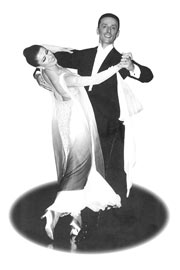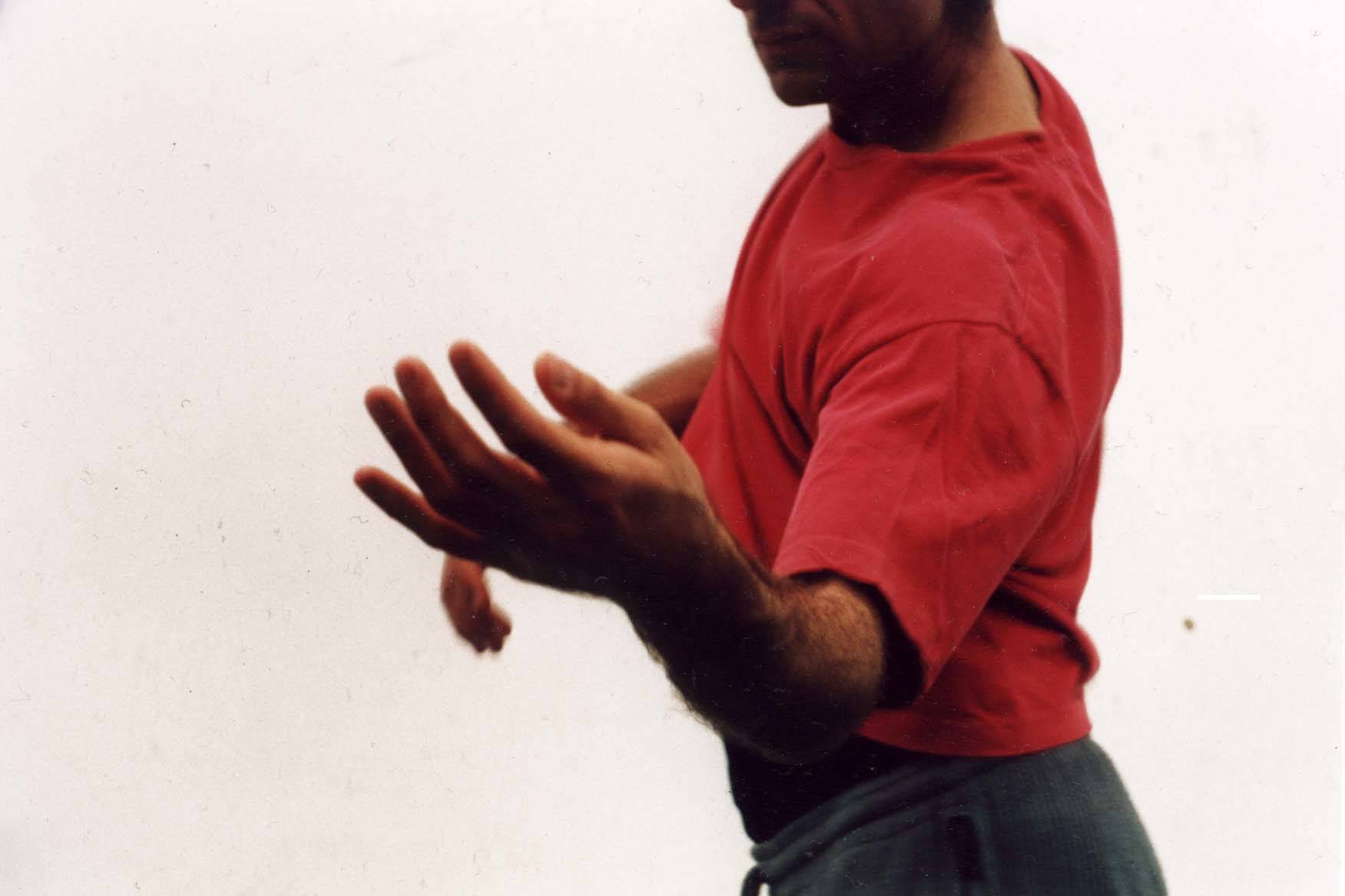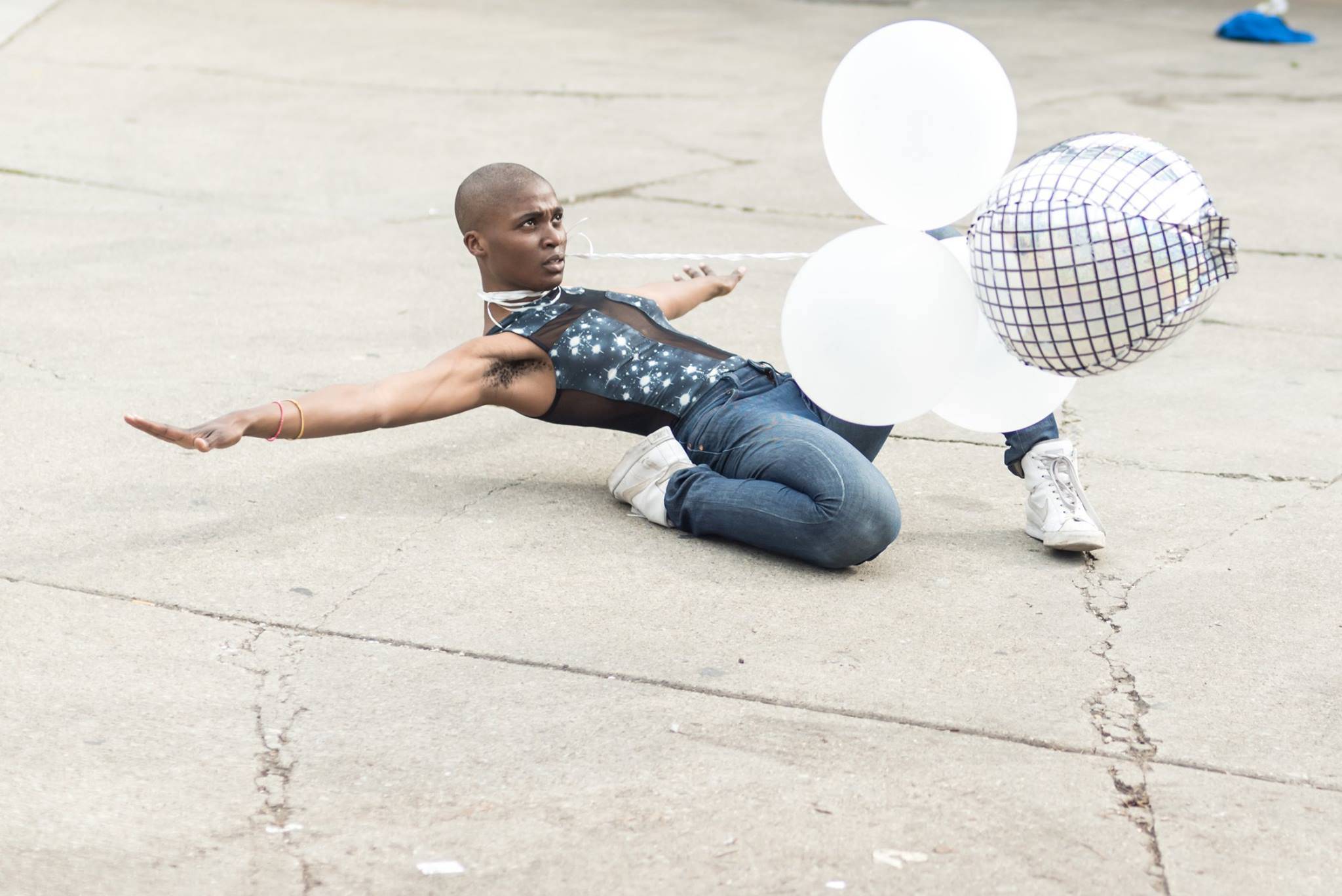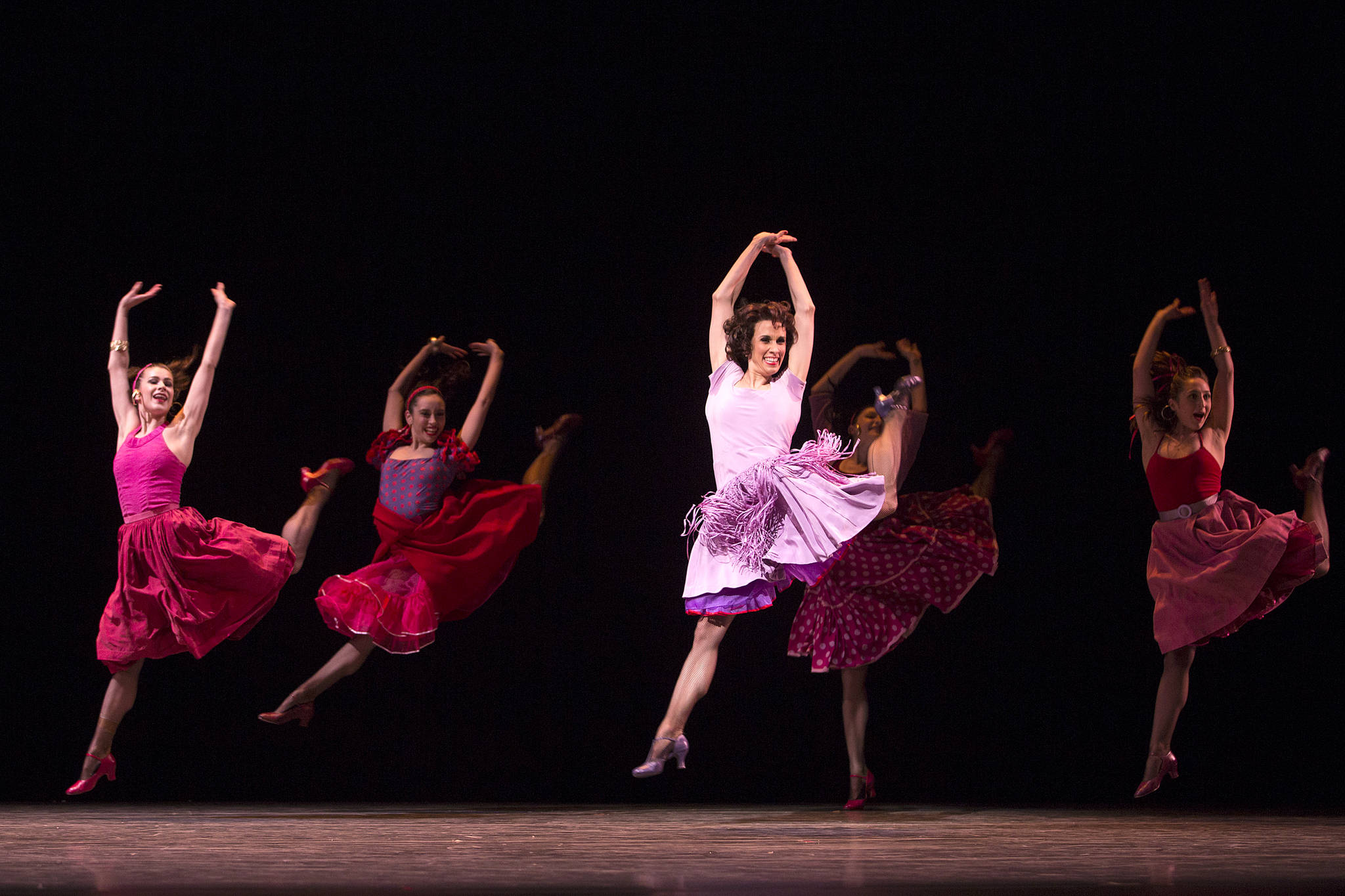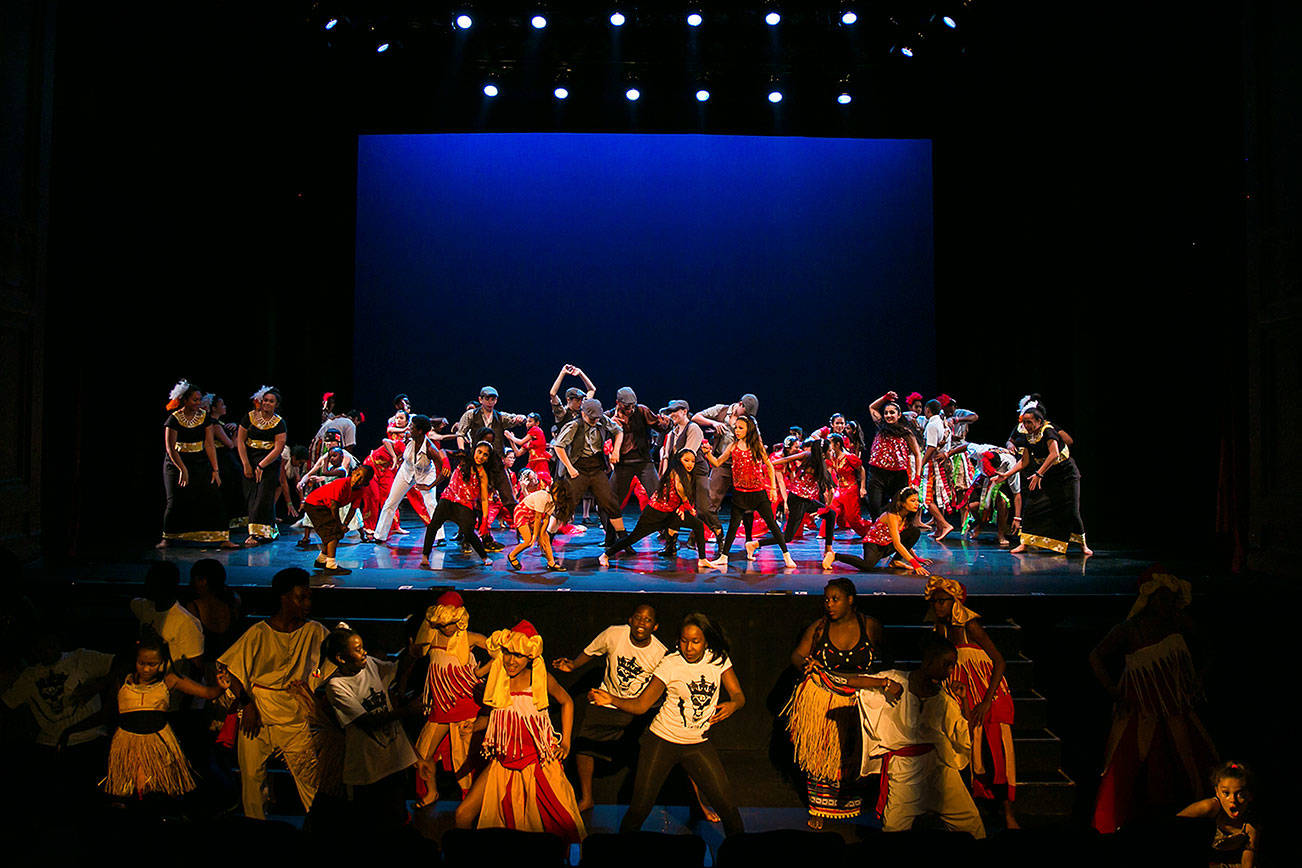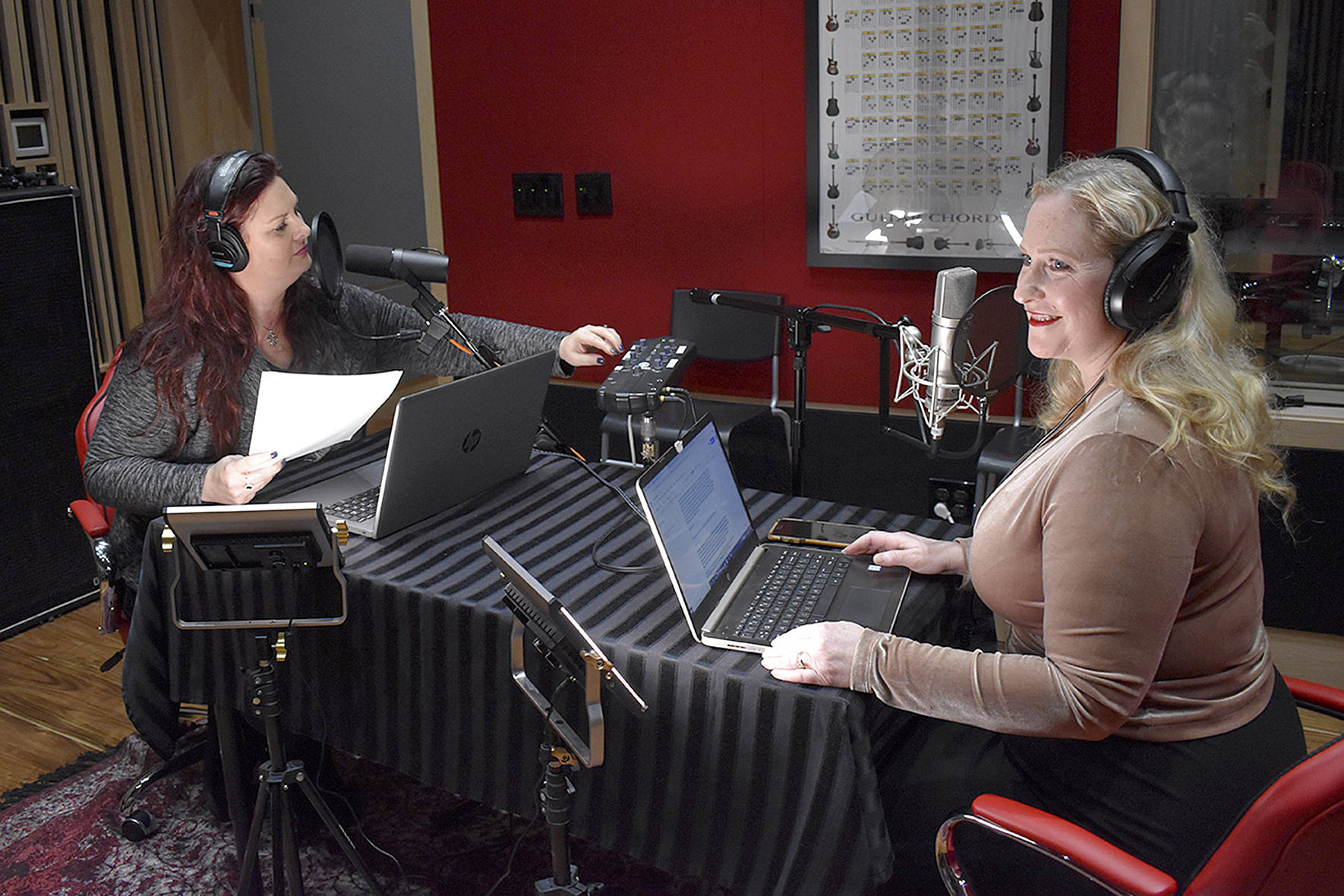SEATTLE STAR BALL
SeaTac Hilton, 17620 International Blvd., SeaTac, 244-4800, $15-$135 noon Fri., Aug. 2 and 8 a.m. Sat., Aug. 3
At first, it looks like a room full of people dressed for casual Friday at the office: Dockers and polo shirts for the men, slacks and little knit tops for the women. The shoes give it away—close fitting, with flexible soles and worn spots just over the bunion. These are dancers’ shoes, and the men and women wearing them this evening at DanceSport International are here not just for fun but preparing for competition at the upcoming Seattle Star Ball. Despite the pedestrian-looking clothes, these couples are dead serious as they move through the space, each duo concentrating on its own work so that cha cha, tango, and quickstep all exist side by side, oblivious to each other.
Competition ballroom dance is nothing like the hesitant fox-trot and waltz you might have learned as a teenager in P.E. class, and even less like the workmanlike polka and swing of previous generations. These rhumbas and two-steps are only distantly connected to the versions couples danced in rec-room parties in he ’50s and ’60s; they’re highly choreographed, tightly controlled works. The skintight costumes and extreme postures are also far removed from our usual Saturday night entertainment.
“That’s part of the fantasy—ballroom is still a fantasy,” explains Monique Hrouda, who directs the Star Ball with her husband, Robert.
In a world where many of us dance together in large groups, connected mostly by proximity and some random gestures, this level of organization in the guise of social dance has only a minor resemblance to our experiences. It’s like the difference between Saturday morning at the pitch and putt and the final afternoon of the Masters tournament; they’re both golf, but just barely.
By the time most of us see them, probably on another one of those KCTS specials—their hair gelled back, their sequins in place—these performers are as controlled as any other professionals, and in rehearsal they can be just as obsessive. You expect most theatrical dancing to look more difficult than the physical experiences that make up our regular lives, but since ballroom dancing is based on recognizable social dances, you bring that familiarity along as you watch, reading each couple as you might judge people you see at a club or a party. Only when you see them in rehearsal, repeating the same phrase countless times, do you notice that their swoon is timed to the end of the phrase, that their glances are coordinated with the music, and that their rapture is choreographed as thoughtfully as in any classical pas de deux.
On a regular evening, these competitors usually share the studio with an ongoing stream of beginners—couples getting ready for their wedding reception or testing a new hobby. Teachers are often ex-competitors, so a former national champion might lead your initial stumbling attempts at the fox-trot; it’s like Ichiro coaching your office softball team.
This odd version of celebrity-watching is magnified at events like the Star Ball, where beginning couples with a year of weekly lessons under their belts will dance in the mornings, then stay to watch pro/am couples of teachers and students in the afternoon and international-level competitors later that evening. The Dockers and knit shirts have been exchanged for an eye-popping combination of Lycra and chiffon, as the upstarts rub shoulders with the pros.
It’s this kind of proximity that drove the Hroudas to produce their Seattle Star Ball two years ago. Beyond the adrenaline of competition, Monique says, ballroom dancing appeals to our desire to play at being someone else.
“Some people are a little threatened by [the competition], and so they go somewhere else where they don’t worry about it—they just get out there and dance and feel good,” she says. “It takes them back to another era of more formality; they have to dress up and look good. I think that’s missing now; it’s too casual. People should want to go out and look good, and dress up and dance, and be a part of something elegant.”
And on Wednesday nights or Saturday afternoons, teachers and computer programmers and writers and accountants all change their shoes and take their first steps into a fantasy.
